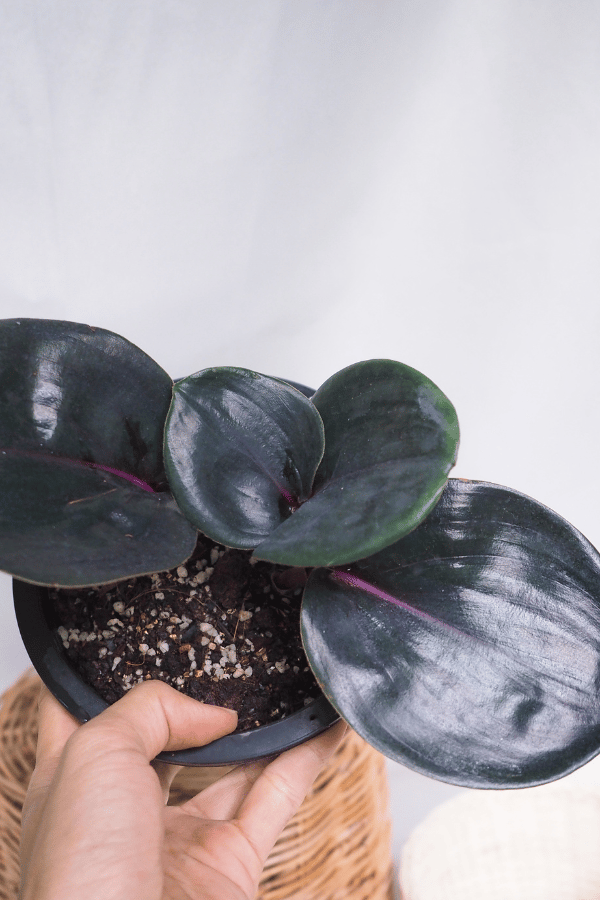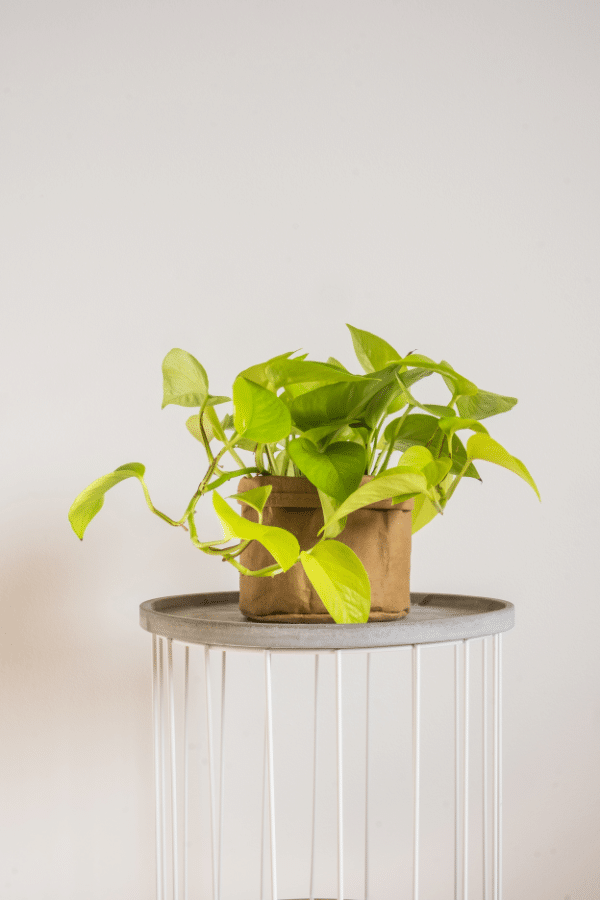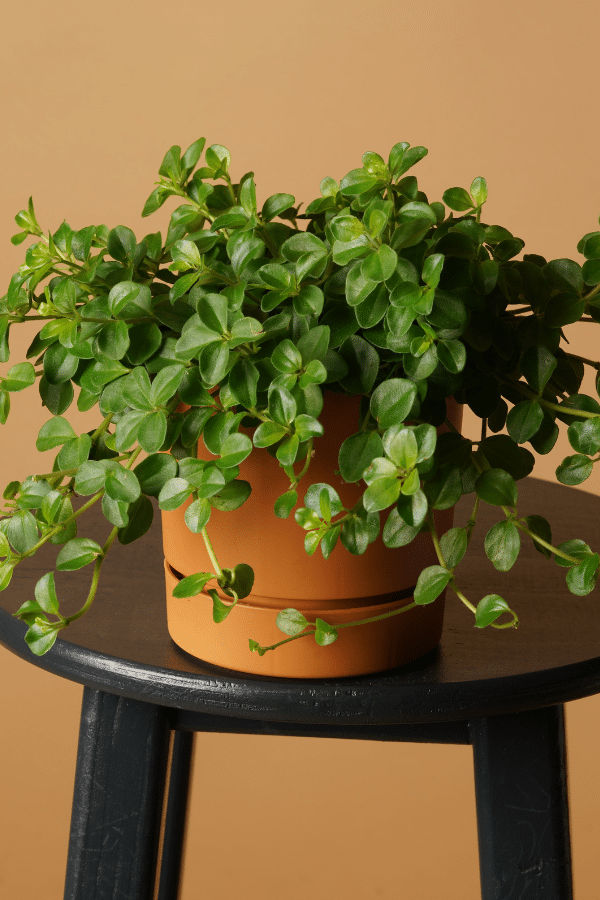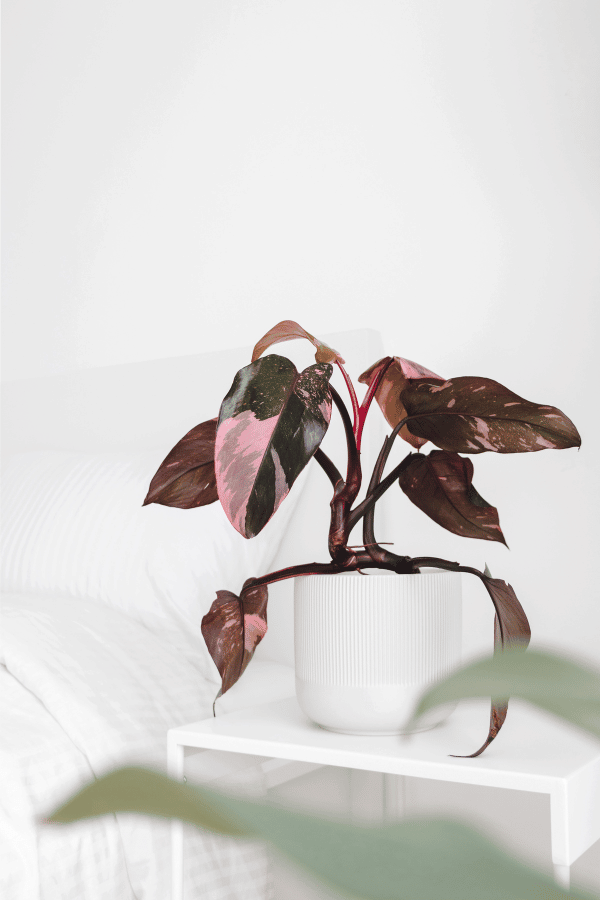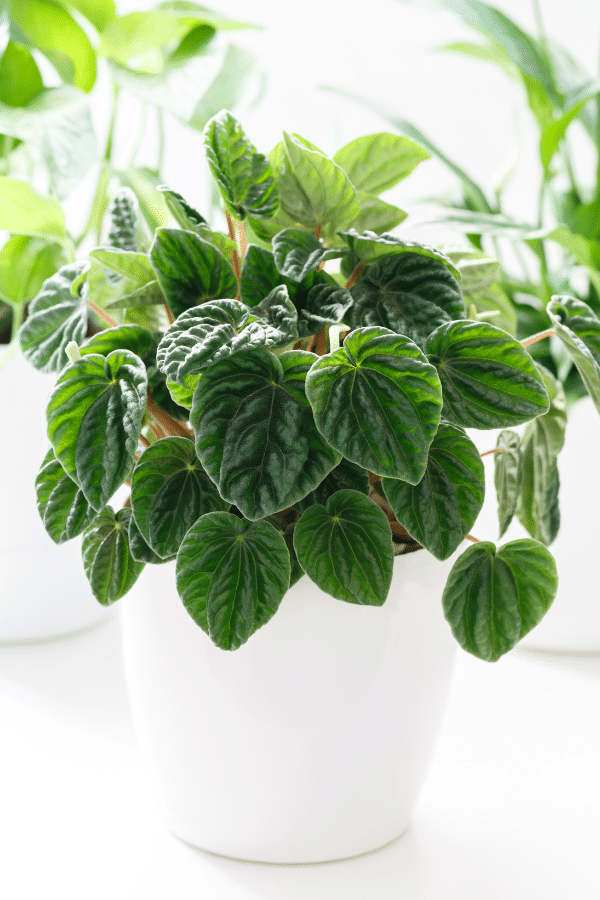White Princess Philodendron
Scientific Name: White Princess Philodendron
Common Name: White Princess Philodendron
White Princess Philodendron care is an easy Philodendron to grow and care for, but you need to give it proper care in order for the variegation to stay. If you want a houseplant that will beautiful green and white variegation, a White Princess Philodendron plant may be for you.
To give this Philodendron plant the best care, it requires well-draining soil, allow the soil to dry out before watering, provide it with bright indirect sunlight, temperatures ranging from 64-77F, and high humidity levels.
Quick Care Overview
| Common Name | White Princess Philodendron |
| Scientific Name | White Princess Philodendron |
| Family | Araceae |
| Origin | Costa Rica, Colombia |
| Growth Rate | Slow |
| Identification | Green leaves with variegated white speckles or half leaves |
| Height | Up to 3 feet tall |
| Soil | Well-draining soil |
| Water | Allow the soil to dry out between waterings |
| Temperature | 64-77F |
| Sunlight | Bright indirect sunlight |
| Toxic to Cats & Dogs | Yes |
| Toxic to Humans | Yes |
| Pests | Aphids, scale, and mealybugs |
| Diseases | Root rot |
Below we will dive deep into this White Princess Philodendron care guide.
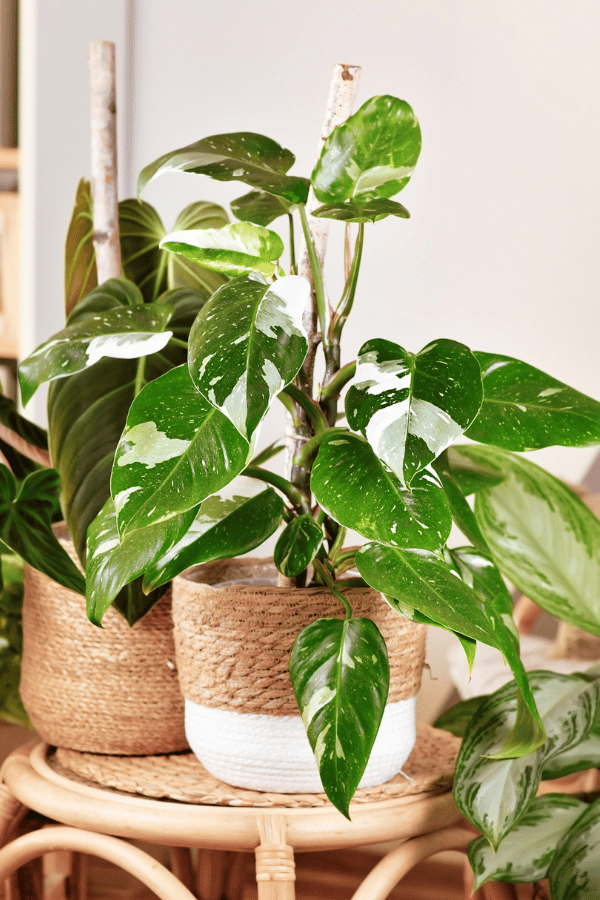
White Princess Philodendron History
Philodendron White Princess is a unique hybrid variegated philodendron with white marks amongst its dark green leaves. Rarely, pink variegation may be present. It is unclear as to where precisely this hybrid is derived. This stunning plant is one of the most sought-after and rare indoor houseplants available on the market. If you are lucky enough to get your hands on this stunning beauty, it would be best to swoop this plant up. You will be rewarded with gorgeous, variegated foliage.
White Princess Philodendron Identification
Quite similar to Philodendron White Knight, the White Princess Philodendron differs in that is has a primarily green stem attached to its variegated green leaves. Leaves are variegated with specks or white or half-moons. Rarely, due to genetic mutation, variegated foliage may appear pink.
White Princess Philodendron Growth Facts
This Philodendron is considered self-heading and does not require support from a trellis. This Philodendron has a compact growth habit rather than a vining growth habit.
How Big Does a White Princess Philodendron Get?
Philodendron White Princess may grow up to 1-3 feet tall when cultivated indoors.
White Princess Philodendron Care
Philodendron White Princess is easy to care for as long as you can provide it moisture, bright light, and feed it throughout the growing season.
White Princess Philodendron Soil
The White Princess Philodendron will enjoy being potted in a well-draining commercial potting soil with incorporations of perlite to increase the drainage capacity.
White Princess Philodendron Fertilizer
You should plan on feeding your White Princess Philodendron monthly during the spring and summer from a balanced, liquid fertilizer indicated for houseplants. Do not feed your philodendron during the fall or winter, and ensure that you do not overfeed, as this may lead to chemical burn. Ensure that you follow all label instructions.
White Princess Philodendron Watering
Depending on growing conditions, you should water your philodendron around once a week after the top half of the soil has dried. Remember, when in doubt, underwatering is better than overwatering when it comes to Philodendrons. Watering frequency may be reduced in winter. As this Philodendron is susceptible to root rot, do not overwater and ensure that you do not allow this plant to sit in standing water within the plant’s drainage tray.
White Princess Philodendron Light Requirements
Your White Princess Philodendron will do best if grown in bright, indirect light, encouraging its beautiful variegation to become vibrant. However, too low of light intensity will make this plant fade and lose its variegation. Alternatively, too intense of direct light may lead to foliage scorching of this plant.
White Princess Philodendron Temperature & Humidity
The White Princess Philodendron will like to remain warm, between 64-77 degrees Fahrenheit. You should not expose your plant to temperatures under 55 degrees Fahrenheit, as this may cause permanent damage. In addition, your Philodendron White Princess will benefit from added humidity, such as from a humidifier or pebble tray, but it will tolerate average household humidity.
Repotting White Princess Philodendron
You should repot your White Princess Philodendron annually. Select a container size that is 1-2 inches larger than the previous. Repot your plant, refresh the soil, tamp lightly, water thoroughly, and then place your newly potted plant in indirect light.
White Princess Philodendron Maintenance & Pruning
You should periodically prune your White Princess Philodendron to maintain its aesthetic and keep it back. Periodically prune any diseased, dead, or discolored foliage using sharp, clean shears.

White Princess Philodendron Propagation
Philodendron White Princess may be propagated by taking a cutting with at least one node and leaf and placing the cutting into water-soaked moss and putting it into indirect sunlight. Within several weeks, roots should form. After roots become around one inch long, transplant them into soil in their own container and water thoroughly.
White Princess Philodendron Toxicity
Toxicity to Humans
The White Princess Philodendron is considered toxic to humans due to its calcium oxalate content. Do not consume any portion of this plant. The White Princess Philodendron should be kept away from small children and babies.
Toxicity to Cats & Dogs
Unfortunately, the White Princess Philodendron is considered toxic to cats and dogs. Do not allow your pet to consume any portion of this plant. However, if you suspect that your dog or cat has ingested this plant, contact your veterinarian or animal poison control immediately.

White Princess Philodendron Problems
White Princess Philodendron Leaves Turning Yellow
When foliage of the White Princess Philodendron turns yellow, it is typically due to improper lighting, nutrient deficiency, or watering issues.
White Princess Philodendron Leaves Turning Brown
The most common causes of foliage turning brown when it comes to the White Princess Philodendron is due to overwatering or too much direct sunlight.
White Princess Philodendron Diseases
The White Princess Philodendron is considered relatively disease-resistant. However, it still may become susceptible to issues related to overwatering, such as root rot. Ensure that you do not overwater your plant and you do not leave it in excess water within the plant’s drainage tray.
White Princess Philodendron Pests
The White Princess Philodendron may become susceptible to common indoor houseplant pests, such as aphids, mealybugs, scale, and more. Periodically, check your plant for signs of infestation. Upon identifying an infestation, isolate your plant, and treat it with a pesticide, such as neem oil or insecticidal soap. Ensure to follow all label instructions.

